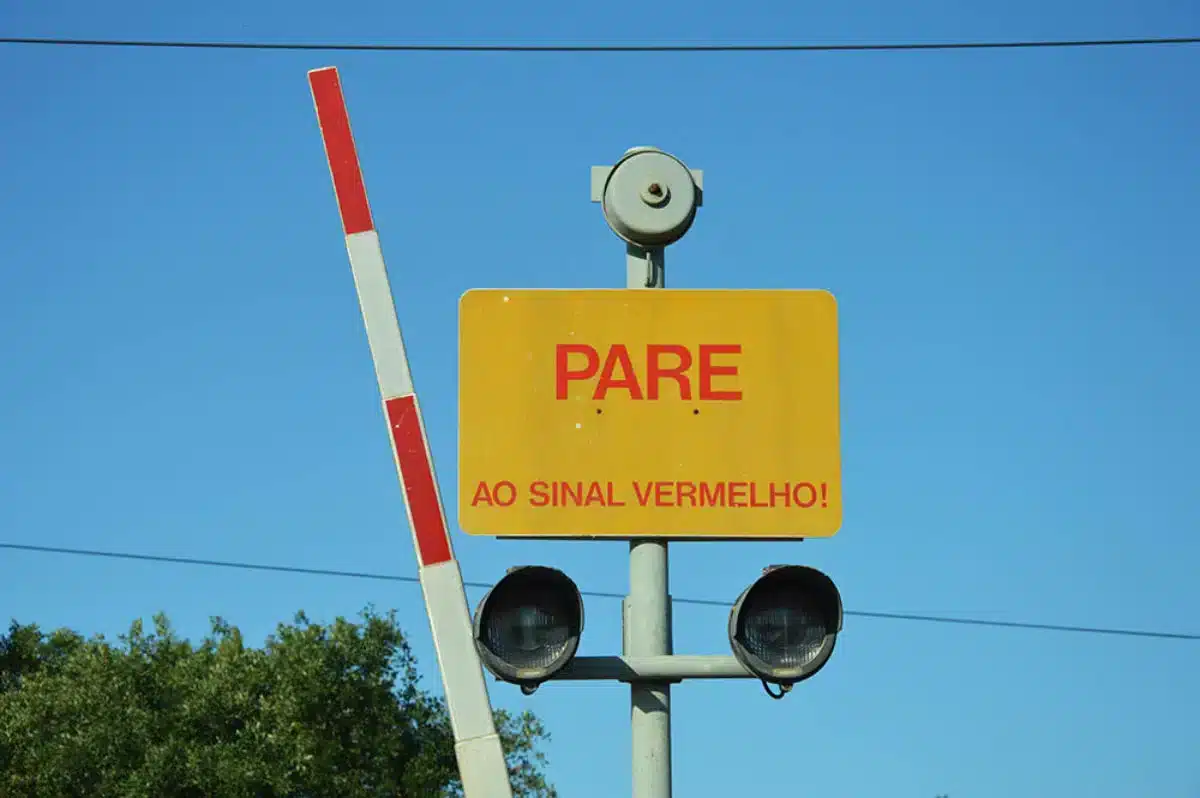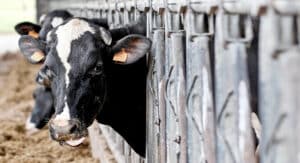Level crossings “one of main causes of rail accidents”
Secretary of state for mobility, Cristina Dias, has announced in parliament today that the government is returning to the programme to close level crossings – “one of the main causes of rail accidents”.
“Between 2009 and 2013, there were 312 level crossings eliminated, between 2014 and 2023 only 46, (…) the government is going to resume the level crossing closure package,” she said at the end of a debate on the government’s proposed law that reinforces penalties for train drivers and establishes a ban on carrying out duties under the influence of alcohol, narcotics and/ or psychotropic substances.
Dias pointed out that, according to reports by the National Railway Safety Authority, which is the Institute of Mobility and Transport (IMT), 47% of railway accidents are caused by people “misusing railway space and being hit by trains in circulation”; 37% by accidents at level crossings.
It was a very different message to the one conveyed in November, following a meeting of Council of Ministers, in which minister for the presidency António Leitão Amaro linked Portugal’s poor record for railway accidents with train drivers driving under the influence of alcohol.
“It is not widely known, but Portugal has the second worst performance in terms of the number of accidents that occur per kilometre of railway (…) a performance around seven times worse than the first half of European countries”, he said, adding that the government had approved a bill that strengthens “the administrative offence measures for train drivers, creating a ban on driving under the influence of alcohol”.
“Although Portugal is in one of the worst situations in accidents, it has one of the lightest and lowest administrative offence frameworks in Europe,” he explained.
The episode provoked an immediate backlash, not least because IMT (institute of mobility and transport) data shows that most railway accidents are caused by “situations associated with infrastructure, particularly improper level crossings and suicides” and none appear to have been attributed to alcohol consumption.
Minister for infrastructure and housing, Miguel Pinto Luz, later denied any “cause and effect relationship” between railway accidents and the alcohol level of train drivers, pointing to the lack of investment in infrastructure as the main reason for accidents in Portugal.
But it wasn’t enough: the National Union of Portuguese Railway Train Drivers (SMAQ) called a general strike, demanding adequate safety conditions, on December 6, principally because it believed the government had not clarified the relationship between rail accidents and train drivers’ alcohol levels – and the tactic seems to have ‘worked’: the government has since announced various measures to reinforce railway safety, such as “reinforcing the use of the ATP (Automatic Train Protection) system in vehicles circulating on the National Rail Network”, “reducing the use of Temporary Speed Limits, favouring greater use of the blue periods provided for in the Network Directory” and “continuously improving the Safety Management Systems of the Infrastructure Manager and railway operators”.
The Ministry of Infrastructure also decided to move forward with the “definition of performance indicators to monitor progress and effectiveness of measures” and the “reinforcement of safety conditions regarding signalling and protection of Temporary Speed Limit”. ND
Source material: LUSA


























